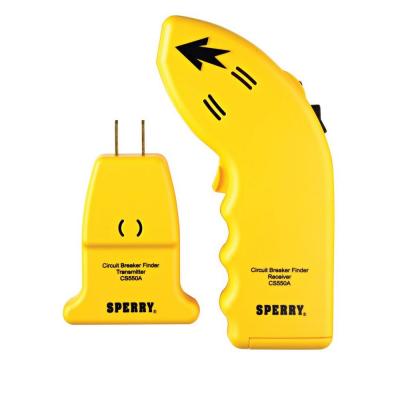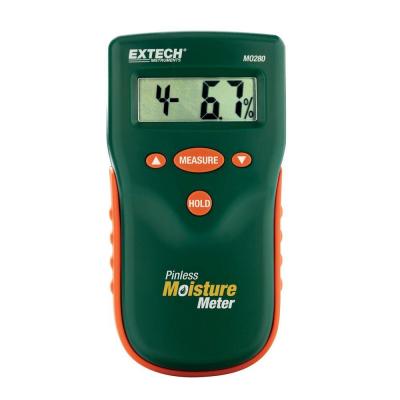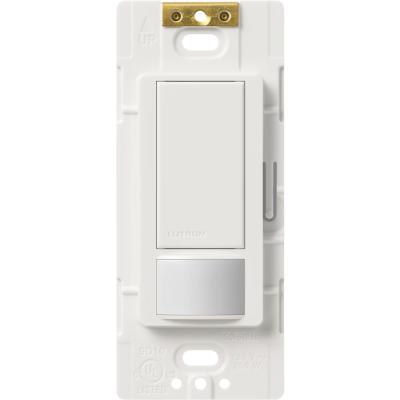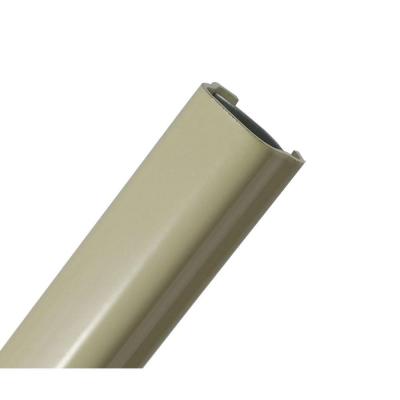Forum Title: CFL's in incandescent fixtures
Ive been using CFL bulbs in the ceiling light fixtures of my own home for a few years now and Im noticing some discoloration and degradation of the fixture wire insulation, white paint on the canopies and the plastic lamp sockets. Im guessing this is due to the heat and UV light from the fluorescent bulbs. Years back, I remember a similar type of yellowing and degradation of the white plastic housings, wire insulation and internal components of incandescent exit lighting that were retrofitted with fluorescent lamp kits.Have you seen this type of thing occurring in incandescent fixtures using CFL bulbs or that have been retrofitted with fluorescent lamp kits?Im wondering how this will play out if and when the proposed incandescent bulb ban takes place. It seems you would have no option but to use CFL bulbs in fixtures that were never designed, tested or listed for their use, which could result in various forms of deterioration on a large scale that Ive been noticing.I find it interesting that as electricians, we have to go to great lengths to follow UL listings and manufacturers instructions, for fear of liability, but Congress seems poised to pass a law which mandates the complete dismissal of these.
Category: General Electrical Discussion
Post By: Nathan Kinger (Rosendal, ND), 03/23/2017
Where is the heat? That is where the problems will be, The heat in flourescent luminaires moves from the lamps to the sockets and the ballast.I am seeing more and more problems with ballasts causing heating problems including the complete decomposition of plastic fixture boxes.An incandescent bulb is hot above the base. IE you unscrew a hot bulb and you can often hold the base but the glass burns your fingers. CFL are the oposite as are PL lamps which also have a heat producing ballast which transmits its heat into the outlet box. Lots of the new energy efficient luminaires are reworked incandescent luminaires.
I'll disagree a wee bit. It's not heat at all ... after all, there is no part of a CFL that gets anywhere near as hot as an incandescent.UV from the bulb is another issue. Ever wonder why troffer lenses get so brittle? Or why the nice ones are so 'rubbery' and cost so much more than the box-store specials? It's all about the UV.The UV component of fluorescent lighting plays pure hell with plastics - and is likely part of the reason some folks just don't like fluorescents.
Reno, I'll disagree with you. The UV created by the flourescent bulb is used to excite the phosphor inside the bulb. I would expect that little to no UV escapes the tube under normal operation. Plus glass is not transparent to UV. However, quartz is transparent to UV. That is why quartz halogen bulbs have to have a glass filter to block the UV. That is also why metal vapor lamps have a separate glass bulb around the arc bulb, to block UV.I expecxt the reason why box store fixtures have such crappy diffusers are because it is cheaper.
Tips & Resources For Homeowners
Connect With Local Electrician Companies In Your Neighborhood
- Southern Company in Alexander City, AL
- Breakwater Electric Inc in Alsip, IL
- Arcadia Electric in Seattle, WA
- Abrams Electric Inc in Muncie, IN
- Mcminnville Electrical Services Van in Mcminnville, TN
- Industrial Electric Service in Temple, TX
- Gurney Electric in Port Reading, NJ
- Capital Installations Corp in Mount Vernon, NY
- Texas-New Mexico Power Co in Lewisville, TX
Talk To Technicians - Electrical DIY Wikipedia
See All
Blog With Electrical Technicians
See All
-
Dublin, OH: 3 Important Reasons Why You Must Invest in GFCI Outlets
Electrical safety is of utmost importance to keep your family and loved ones safe at home. You can
-
Dublin, OH: How to Detect, Remove, and Replace Radioactive Exit Signs
Any building, in any industry, in any area of the world, is susceptible to having potentially h
-
Dublin, OH: Avoid Burnouts by Installing the Correct Switching Mechanism
A burnout, in electrical terms, is a drop in voltage across an electricity supply system. It can be
-
Dublin, OH: How Changing Your Air Filter Regularly Benefits You
Reduced Cooling Costs: If you were to blow through a straw, then blow through one that is pa
-
Dublin, OH: Is Solar Panel Installation for You?
? You have heard about it for years, maybe even decades, and now, solar energy has become even mor
-
Dublin, OH: 54.5 Miles Per Hour Is Great — But What About Electric Cars!
Recently, the Obama administration adopted a new gas mileage standard for cars made in America �
Electrical Items And Accessories
See All



